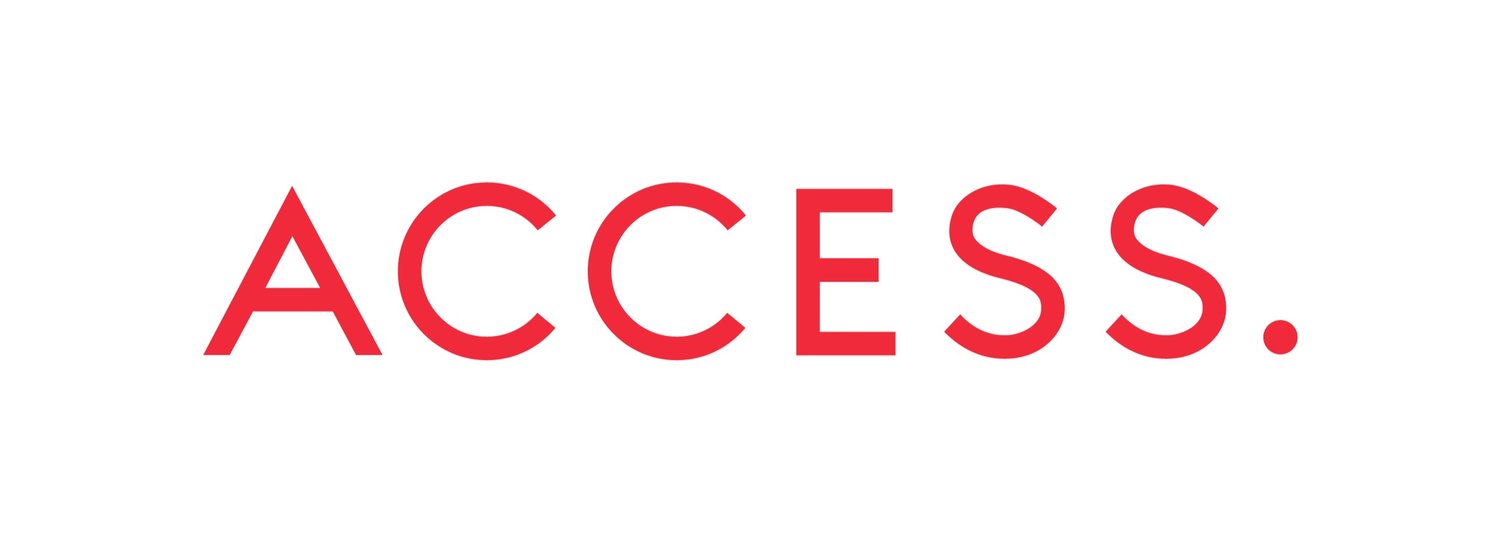by Brian Phillips, Senior Associate
Banner image credit: Spacing magazine; http://spacing.ca/atlantic/2014/09/08/transit-first-give-transit-priority/
Cars in the bus lane: a governance problem?
You, and the drivers in the video, may be surprised to learn that the curb lane is reserved for buses. Anecdotally, many people don’t seem to realize that this is a bus lane. The problem with this bus lane stems from two sources: it’s a design problem, and it’s a governance problem.
The Design Problem
As shown in the image below, this bus lane has a diamond pavement marking and a sign on the side of the road, which is the legal minimum to make it an enforceable bus lane. However, based on my conversations with non-traffic engineers, many people think that the diamond just means an HOV lane. I suspect that I would have had the same misconception if it wasn’t part of my job to think about transit priority.
The bus lane in question at Main Street and 5th Avenue, Vancouver. Source: Author
Additional design features are used in other jurisdictions to make the rules clearer. This includes ‘bus only’ pavement markings, painting the whole lane red, and/or painting a solid lane line. These measures are relatively cheap, and make it clearer that the lane is for buses.
Bus lane with enhanced design features: solid lane line, additional pavement markings, and red paint. Source: City of Toronto, RapidTO: In Action
That seems easy, doesn’t it? If the problem and solution are straightforward, why does the problem persist? This question brings us to the next issue:
The Governance Problem
A key principle in governance is that an agency’s mandate needs to be matched to its authority and resource. An agency can’t be expected to fulfill a mandate with insufficient powers or resources, and an agency can’t be expected to expend resources solving a problem it is not mandated to solve.
This bus lane is located at the intersection (excuse the pun) of several different government agencies. Each has their own powers and accountabilities, which are not necessarily optimized to design, build, maintain, and enforce bus lanes that are free of cars.
TransLink, the regional transit authority, has a strong mandate to speeding up buses. They want to improve customer service through faster travel, and want to realize the operational cost savings associated with reduced travel times. They funded the bus lane and gave it the form it has today, but they don’t own the street and need approval from the City to make any changes.
The City of Vancouver has direct jurisdiction over this street. They approve any design changes to the street. The City also has an interest in speeding up buses – many of the people in those buses are their constituents – but they also balance many other transportation goals, and much of the cost of maintenance. Extra design features such as red paint cost extra to maintain, which would be borne by the City*.
While the City and TransLink have the biggest interest in the design problem, enforcement could supplement better design as a solution to the problem, though it is not a substitute for good design. However, enforcement brings in another tranche of agencies.
Vancouver police of course has many competing priorities, with speeding up buses likely not at the top of that list. Metro Vancouver Transit Police can also do bus lane enforcement, and they occasionally do. However, given the magnitude of the problem, and the growing spread of bus priority measures in the region, they just can’t pull everyone over. Anecdotally, I have heard that when Transit Police do enforce this bus lane, violators often claim ignorance of the bus lane.
Due to the structure of the Police Act in BC, neither TransLink nor the City of Vancouver have much say in the operational priorities of their respective police agencies. Thus, the agencies with the greatest interest in keeping cars out of the bus lane have little to no control over enforcement.
A third party has has the ability to practice enforcement: the Province of British Columbia could deploy static photo-enforcement. That is, they could install fixed cameras to record driver violations, but it would be complicated. The Province has only recently legalized photo enforcement after it was banned in 2001. It has slowly rolled out speed enforcement in limited areas, focused on improved safety, not efficiency or fairness.
On-vehicle camera system for enforcing bus lanes in New York City. Source: vision systems magazine
Towards better alignment
So what is the solution? I believe that design improvements should take precedence over enforcement, which would point towards red paint or other enhanced design features. TransLink is likely willing to fund the paint, as it has elsewhere, but someone needs to take on the maintenance costs.
It is important to notice that the governance solution need not be a legal change. A mandate is a flexible concept – in my experience different municipalities in Metro Vancouver have different ideas of their role in transit priority despite being governed by essentially the same legal framework. Similarly, TransLink’s involvement in different aspects of mobility has evolved over time, independent of its formal governing framework. The governance fix probably lies at this sub-legislative level- the level of culture, staff direction, and council/board policy.
*: TransLink does provide funding for maintenance of the Major Road Network, of which Main Street is a part. However, this funding is indexed to the number of lane-kilometers, not the actual cost of the infrastructure. If the addition of red paint makes this street more expensive to maintain, that cost is borne by the City.




